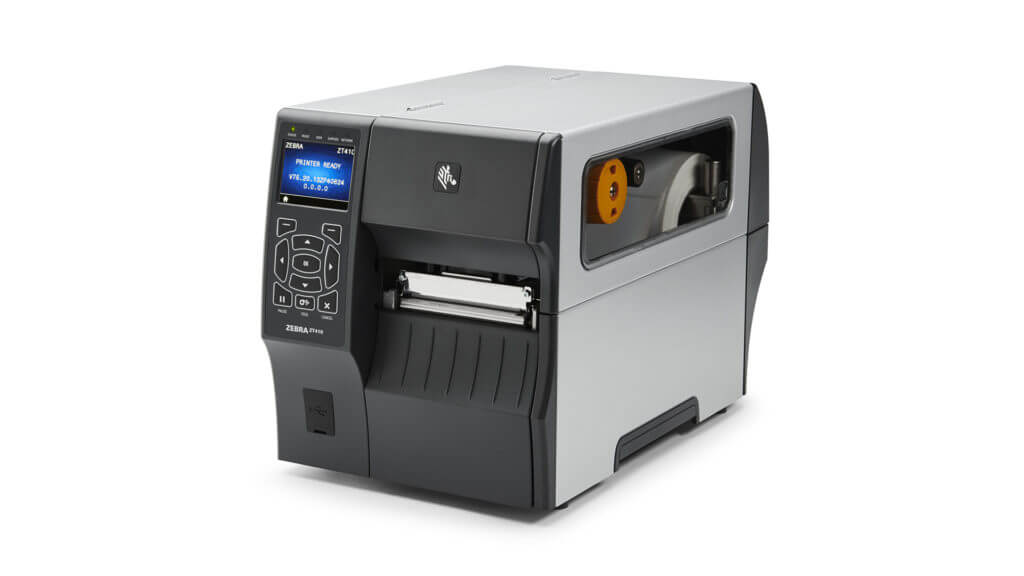
It happens at least once a month or more. We get a call or email that the label is not printing right, it is printing too small or too large. The label software has the right dimensions, and everything looks right on the screen, but the label is printing smaller, or larger. Or it prints right on one printer but is printing wrong on a second printer.
The answer is frequently a mismatch of printer resolution. For example, the label format is set up for a 203-dpi printer, but you are printing to a 300-dpi printer. In that case, each printing element is 66% of the size the label software thinks it is. The image prints out perfectly, just 66% the size that you expect. Of course, the opposite is also true. If you have the software set up for 300-dpi and your printer is 203-dpi, the label will print too large for the actual label size.
So, why would you use one dpi over the other? The answer is the size of your text and barcodes. It also depends if you are trying to print detailed graphics or pictures on your label. With a 203-dpi print head, each print element is .005” wide. So, if you are printing very small barcodes, say 5 mil which is .005”, you are only using one print element per pixel or line in the barcode. If you want to go just a little larger, it goes all the way up to 10 mil or .01” because using two elements is the next size bigger. If you are trying to print small text with a 203-dpi printer, 6-point fonts are really starting to push it.
A 300-dpi, or even a 600-dpi printer, is the way to go for very small barcodes, font sizes, and if you need details to show up on smaller images. But beware that you cannot send down the same label format that you use in your 203-dpi printers.
We hope this information helps the next time you are trying to decide what printer will fit your needs or why your label is not printing out like you expected. If you would like additional assistance, please contact us!